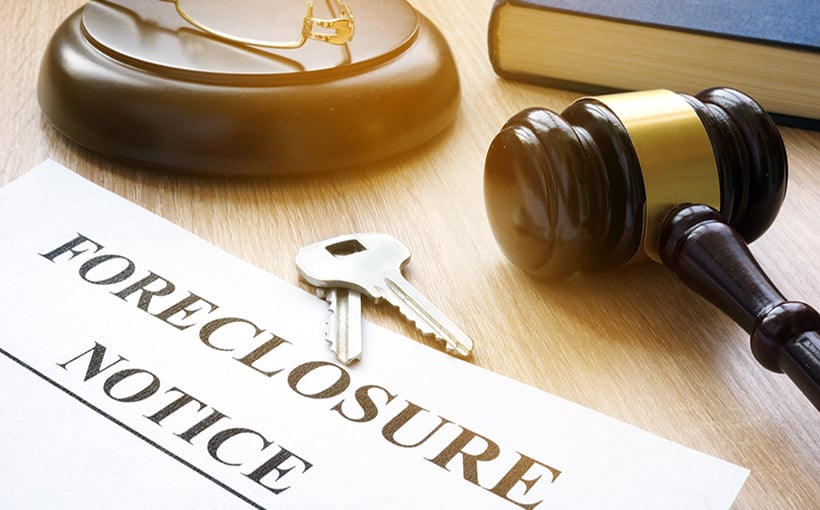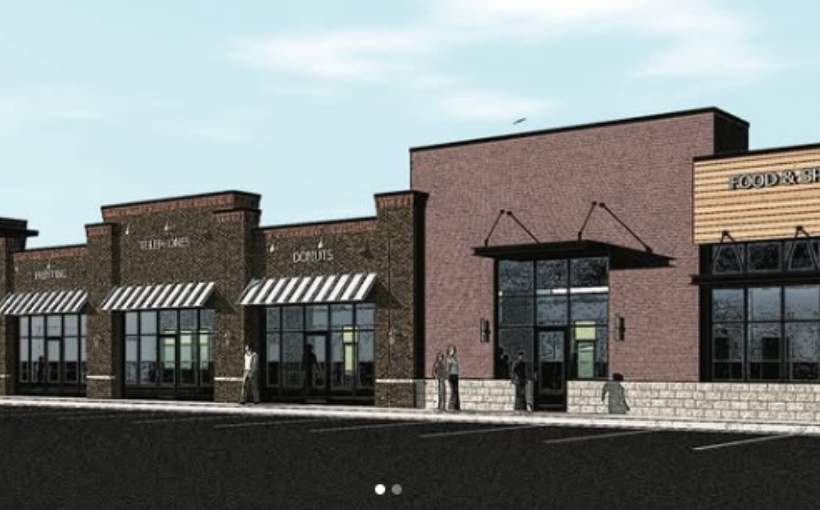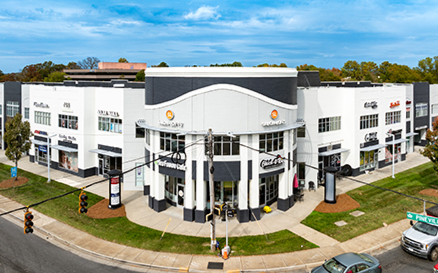Exploring the Truth Behind Office Foreclosures: An Expert Analysis
This article is part of a series that delves into the reality behind negative headlines surrounding the office sector. Previous articles have covered topics such as “Unraveling the Office ‘Doom Loop'” and “Digging into Office Debt Maturities.”
The foreclosure process can be a difficult experience for both lenders and borrowers. In this situation, if a borrower is unable to meet their repayment obligations, the lender takes control of their property with help from the court. The lender may choose to continue operating or sell off the asset in order to recoup their losses.
During and after the Great Financial Crisis, banks found themselves owning both residential and commercial real estate due to borrowers defaulting on mortgages. Now, close to fifteen years later, reports show that office owners facing financial struggles are once again handing over their buildings to lenders through deeds in lieu of foreclosure.
According to data from CoStar , during Q2 2023 office buildings made up 43% of all deed-in-lieu foreclosures – significantly higher than last year’s average of 20%.
Despite these numbers indicating potential trouble for office building owners, experts tell us there is more happening behind-the-scenes than just giving up properties altogether. Adam Finkel from Tower Capital explains that instead of immediately resorting back-to-bank handovers like we saw during previous crises , today’s borrowers are working with lenders on alternative solutions such as extensions or modifications.
Hayim Mizrachi at MDL Group agrees: “There’s so much more going on than assuming it will be another Great Financial Crisis where all properties go back [to banks].”
Eli Randel at CREXi points out that unlike before when many lenders were forced into managing properties they weren’t equipped for (and thus often failed), today they understand it’s not within their expertise – which means they’re less likely to rush into foreclosures. Instead, they may choose to extend loans or work with borrowers on discounted payoffs or modifications.
Adam Showalter from Stream Realty adds that the term “extend and pretend” – often used during and after the Great Recession – is misleading in today’s market. He suggests a more accurate description would be “accept and partner,” where lenders acknowledge the decrease in property value but instead of taking over ownership, they work with borrowers on solutions like reducing interest rates or restructuring debt servicing.
Tony Russo at Lee & Associates predicts we will see a shift towards creative financing options such as joint ventures and new partnerships for office owners who need additional capital. This could help them refinance their properties while still retaining some equity.
In conclusion, although there has been an increase in deed-in-lieu foreclosures for office buildings this year compared to last year, experts assure us that it does not necessarily indicate another crisis is looming. With alternative solutions available and potential for creative financing options , we are unlikely to see mass foreclosures like before.




